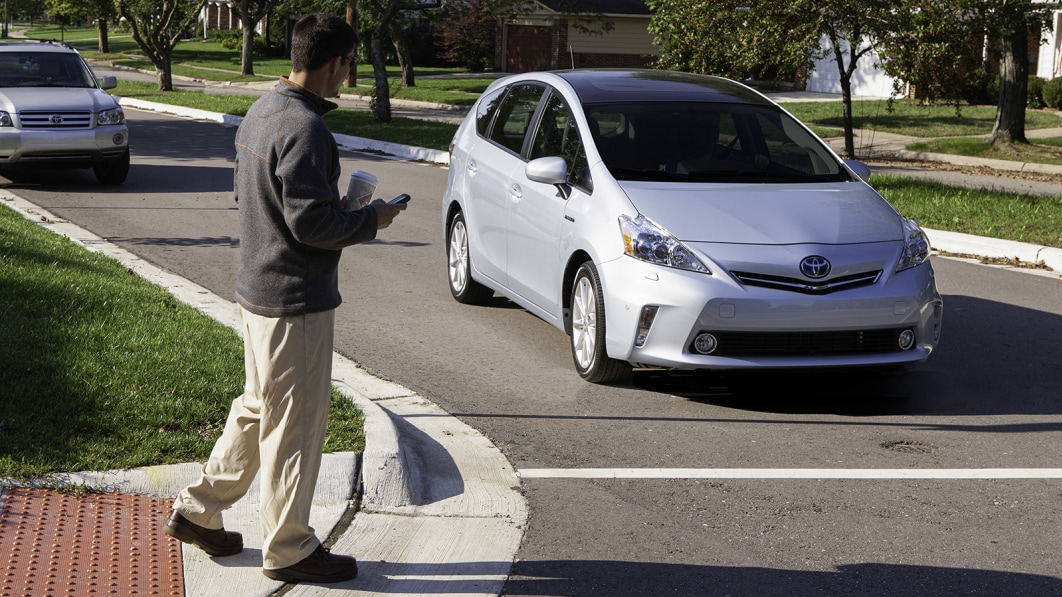Automatic Emergency Braking (AEB) has been around for a while and has quietly gotten more sophisticated with systems that add pedestrian detection. In fact, according to IIHS, which conducted the research we are now going to discuss, the availability of AEB for pedestrians increased from 3 in 5 vehicle models sold to 9 in 10 between 2019 and 2021. Not only that, the organization has found that many systems work properly and that they have significantly reduced the number of collisions with pedestrians. But it turns out they have a few blind spots, mostly dark conditions.
First the good news. AEB with pedestrian detection works very well. The IIHS study found that, overall, cars with such systems had 27% fewer collisions with pedestrians than cars without. In addition, the systems work well during the day and in areas with street lighting, with the risk of a collision being 32% and 33% lower, respectively. And when there are pedestrian collisions, 30% less of them caused injuries.
Now for the bad news. IIHS found that the systems made no difference in reducing pedestrian collisions at night in dimly lit or unlit conditions. That is not good, as the organization also finds that 75% of fatal pedestrian accidents occur in those exact situations. The IIHS also tested eight small SUVs in daylight, artificially lit and dark situations. Most vehicles performed much worse in the dark and did not reduce speed as much as in good visibility.
There are also other weaknesses. While the IIHS found that pedestrian AEB works well on roads with speed limits of 35 mph or less, it didn’t make much difference on roads with speeds above 80 mph. These systems also made no real difference to collisions that occur when a car is turning.
But now we come back to good news. There were a few SUVs that IIHS tested in this small group that still performed quite well after dark — a 2021 Toyota C-HR and 2021 Ford Bronco Sport, both of which use a combination of cameras and radar — and the organization noted that automakers may already be improving in these areas. The IIHS will also test these systems in the dark for all cars, both to inform consumers and to encourage car manufacturers to make improvements in these areas. Automakers are also upgrading automatic emergency braking systems to control corners during corners so that they are more effective in those situations.
In summary, automatic emergency braking systems with pedestrian detection are really helpful in reducing pedestrian accidents and making them less harmful if they do occur. And while they have weaknesses, independent testing agencies and automakers alike seem to be aware of them and are trying to improve.
Related video:
